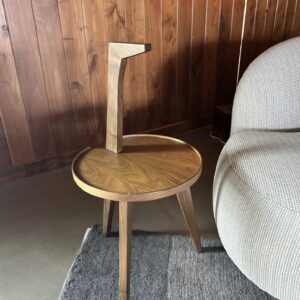A White House meeting between President Donald Trump and Australian Prime Minister Anthony Albanese on October 20 unexpectedly paused when a camera operator accidentally bumped into a centuries-old mirror in the Cabinet Room. The sudden noise drew attention, prompting the president to briefly address the incident, noting the mirror’s age and importance. His comment, direct yet controlled, highlighted the delicate nature of the historic surroundings.
For a moment, the room fell quiet as eyes turned toward the antique artifact, which had been brought out specifically for the official occasion. President Trump remarked on the challenges that arise even during high-level diplomatic events, offering a brief reflection before smoothly transitioning the focus back to the purpose of the meeting. With the atmosphere settling, the discussion resumed beneath the enduring presence of the ancient mirror.
This moment served as a reminder of how global leadership often unfolds within the backdrop of preserved history. The White House, once a quiet 19th-century residence, has evolved into a technologically advanced hub where modern diplomacy intersects with artifacts from the past. Its rooms, steeped in tradition, witness not only formal dialogues but also unexpected human moments.
Across decades, the Oval Office has transformed through each presidency while retaining its symbolic power. From the gold-trimmed setting of 2025 events to the timeless Resolute Desk showcased under various administrations — including those of Joe Biden, Donald Trump, Barack Obama, George W. Bush, Ronald Reagan, and Richard Nixon — the space continues to reflect the evolving story of leadership, heritage, and history in motion.





